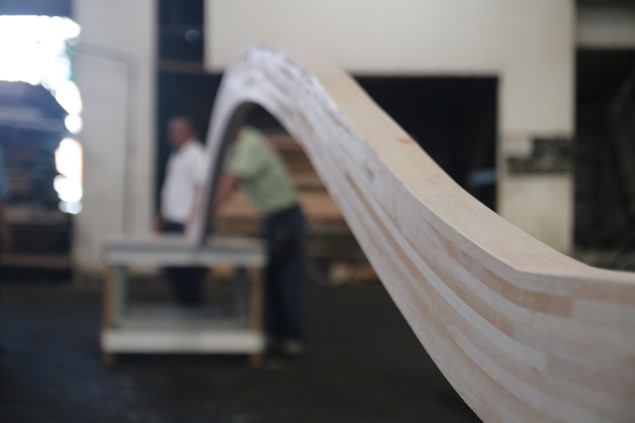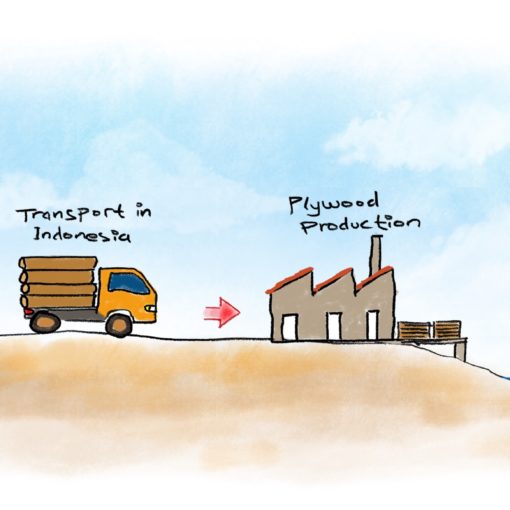For a variety of reasons, mass building materials in dry construction are becoming scarce and at the same time significantly more expensive across the range. Not only steel products are affected (this is a particularly volatile market), but also wood and wood products, EPS and XPS, products with high cardboard content, mineral wool insulation materials, gypsum etc. [1].
The reasons are many, here are just a few examples:
Steel
On the one hand, COVID caused capacities to be cut back worldwide and inventories to be reduced. Now China is suddenly booming and buying steel in large quantities (instead of exporting it as in the past). As a result, the price of sheet steel has risen within 12 months from€ 600,– / t to more than € 1200,– / t ! This of course has a corresponding, albeit delayed, impact on C/U profile prices (80% material share ! ) and on other steel products like metal ceilings, frames, suspension in, etc., each case depending on the share of steel costs in the total cost of the respective product [1].
EPS/XPS
Significantly higher crude oil costs and shortage of the component styrene, which in turn is a waste product of kerosene production. Since significantly less kerosene ( aviation ) was needed, there is also significantly less styrene [1].
Wood / wood products
Due to the massive pest infestation of Canadian pine forests, Canadian exports to the USA decreased significantly. As a consequence, the USA uses – at any price – European supply sources and drives the price up by more than 30%. At the same time, this competition tightens the market in Europe noticeably. OSB boards currently have ex-works delivery times of 3 – 4 months for new orders! [1]
Cardboard
The Internet trade, which expanded greatly in the course of the Corona crisis, has led to a worldwide shortage of cardboard, AMAZON has bought up all the cardboard it could find. This trickled down to the plasterboard mills, which experienced massive shortages and above-average price increases in the cardboard sector. Consequence: announced price increases from June 2021 and longer delivery times ex works [1].
Gypsum
At every larger lignite-fired power plant in Germany, there was a gypsum board plant that processed the pure anhydrite gypsum extracted in the flue gas desulfurization plants into gypsum board. Now these power plants are closing down one after the other due to Germany’s transition towards green energy, thus eliminating the raw material gypsum for the plasterboard factories located there. Millions of tons of natural gypsum have to be transported by truck across Europe, even by ship from Spain! This is a huge challenge for all plasterboard manufacturers [1].
You can see from these examples how interwoven the global economy has become. The supply chain problem has become acutely noticeable [1].
In terms of sales, however, the construction industry is developing very positively. The global construction market is expected to grow from $11,491.42 billion in 2020 to $12,526.4 billion in 2021 at a compound annual growth rate (CAGR) of 9%. The growth is mainly due to the companies rearranging their operations and recovering from the COVID-19 impact, which had earlier led to restrictive containment measures involving social distancing, remote working, and the closure of commercial activities that resulted in operational challenges. The market is expected to reach $16614.18 billion in 2025 at a CAGR of 7% [2].
SOURCE:
[1] B+M Newsletter Österreich – 14.04.2021 (www.baustoff-metall.at )
[2] Construction Global Market Report 2021: COVID-19 Impact and Recovery to 2030



